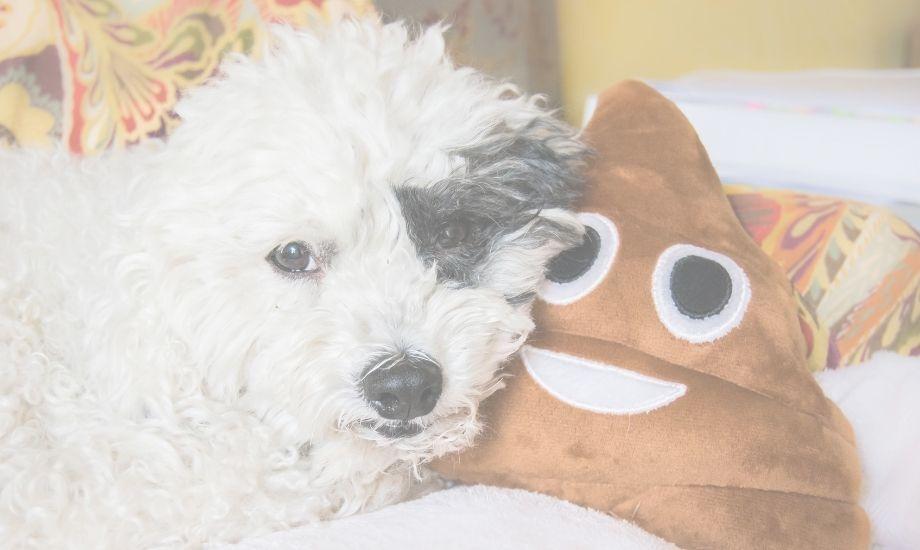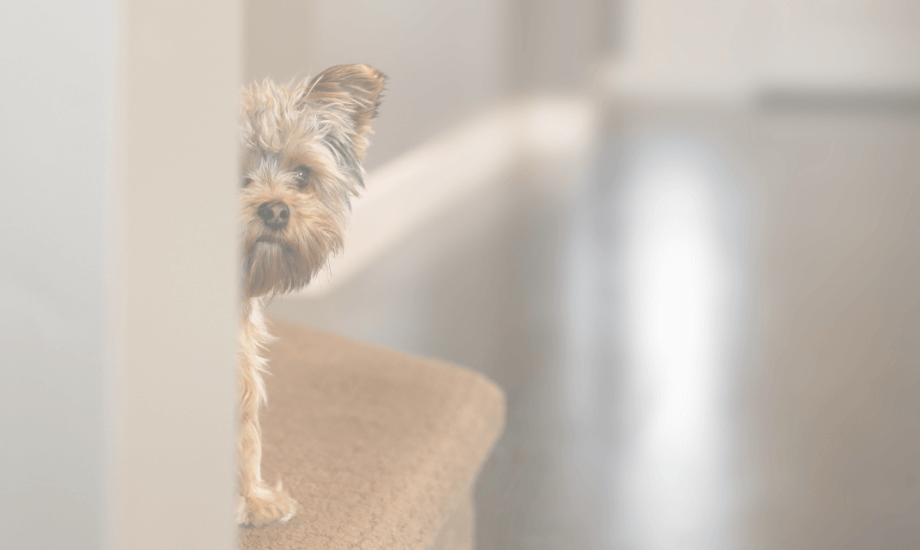It’s so important to stay on top of what goes into your pets’ body, but what about what comes out? It’s equally as important to Monitoring Dog Poop as it can provide tons of information about their overall health; if they're stressed, have a parasitic infection, an intestinal disease, a mass in the abdomen, a liver or pancreatic condition, and much more. We’ve broken it down with the help of Dr. Gabby Pagana: here’s the scoop on Monitoring Dog Poop!
💩Signs Of Good Poop
Normal dog poop should be log-shaped, compact, brown and easy to pick up. Your bud’s poops should be around the same size as the food portions they are eating.
⚠️Signs Of Bad Poop
Watery, mushy, and difficult to pick up. Any other colour but brown. An overpowering odor.
COLOUR: If it's black or has red in it, it could indicate blood coming from the GI tract. Green can mean your pet is eating too much grass (a sign of stress or intestinal troubles). A light tan to yellow-colored feces can indicate liver, gallbladder, and pancreatic issues.
CONTENT: Too little feces could indicate something serious like an intestinal blockage. Look out for visible parasites too however keep in mind that normal stools can also have parasites in them and most are microscopic🔬. This is why vets require a stool sample at your annual visit.
CONSISTENCY: the runs could be a sign of intestinal upset or diseases such as inflammatory bowel disease, exocrine pancreatic insufficiency, food allergy, fiber or vit. B deficiencies. If the poop feels too hard or dry, your pooch may be suffering from dehydration or constipation. If you’ve recently changed food, it’s normal to expect stool variation in the first few days. Always contact your vet if you are unsure or concerned.🥼
Good poop is a sign of good digestion and good health. 🌱Feeding a complete, digestible diet with natural ingredients is all your pup needs! 🐶 ⚠️Remember: "you are what you eat" applies to the pups too! And if you forget, don't worry, their poop will surely remind you.😜💩








